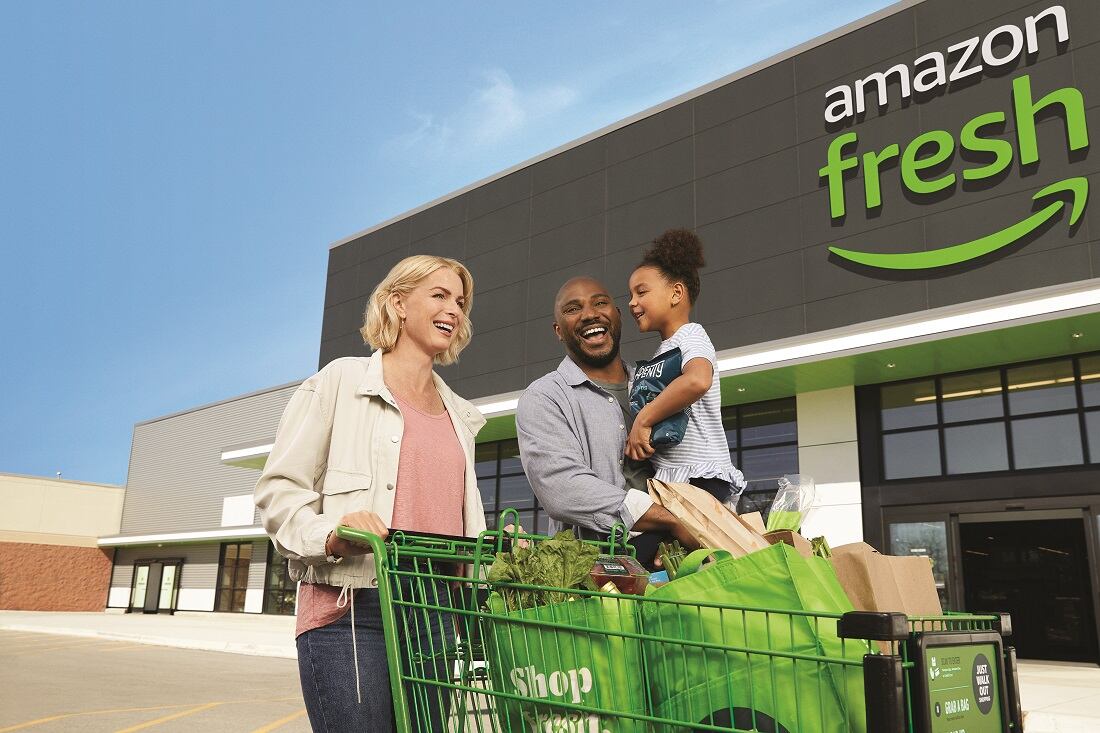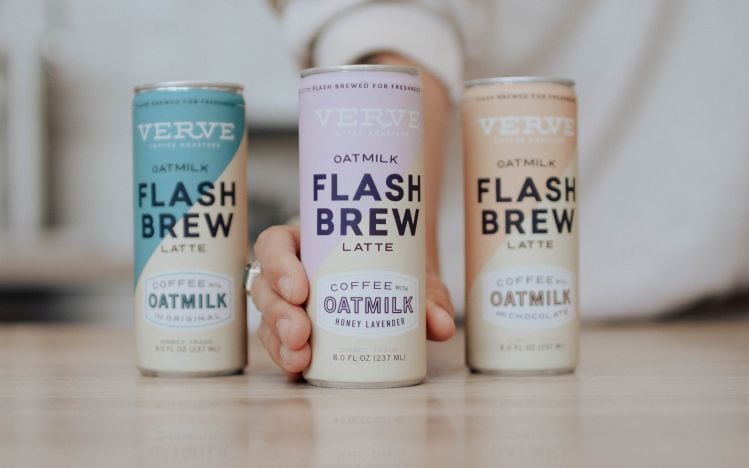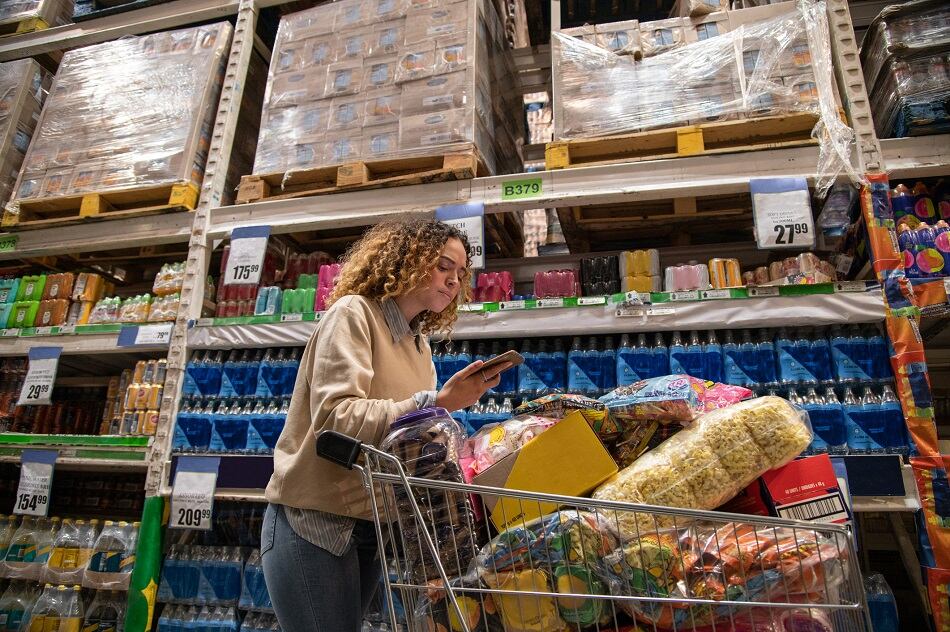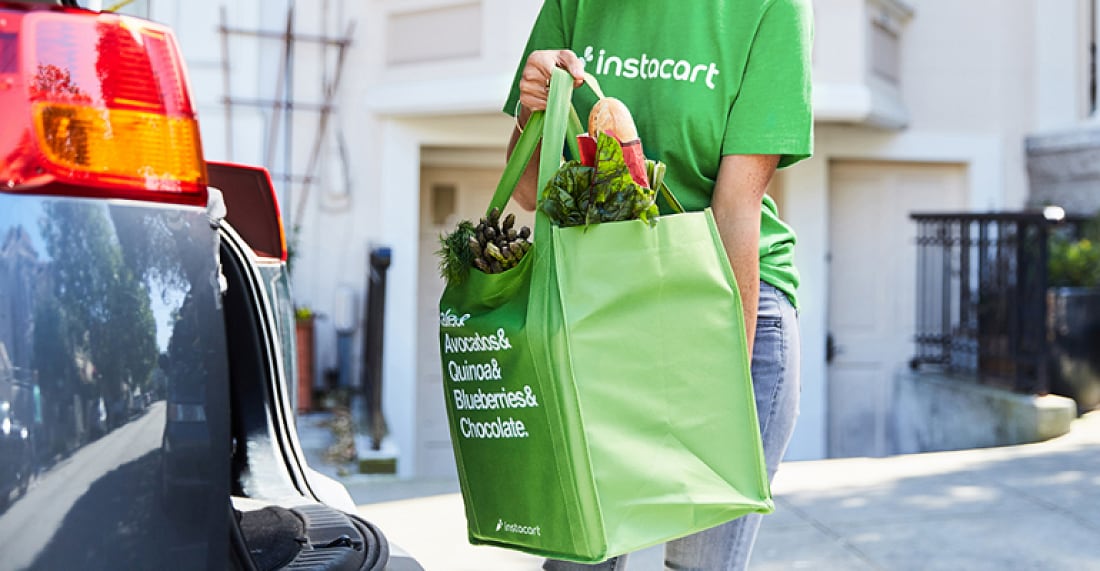The year-on-year growth tracked slightly below year-over-year growth rates in Q1 2022 (+17.1% vs. Q1 2021) and Q4 2021 (+16.6% vs. Q4 2020).
On a global company-wide basis across all operating segments, Amazon reported total net sales of $121bn for the second quarter ended June 30, up 7% compared to Q2 2022, and $2bn net loss.
“Despite continued inflationary pressures in fuel, energy, and transportation costs, we’re making progress on the more controllable costs we referenced last quarter, particularly improving the productivity of our fulfillment network,” said Andy Jassy, Amazon CEO, noting that the company is lapping an over 40% growth rate from the period between May 2020 and May 2021.
"While demand has remained strong, the lapping of this high growth period, depressed our revenue growth rate for the following 12 months ending in May of this year. Our growth rates going forward will no longer require this historical explanation," said Jassy during the company's Q2 2022 earnings call.
'We've continued to improve delivery route density and improve package deliveries per hour'
Although the company is still dealing with a higher inflationary environment and elevated fuel, truck, air, and ocean shipping rates, it did manage to reduce incremental costs to roughly $4bn in Q2 2022, down from $6bn in Q1 2022.
Additionally, operating income decreased to $3.3bn, compared with $7.7bn in the second quarter of 2021.
"We made strides to improve fulfilment network productivity in Q2. Staffing levels were more in line with rising Q2 demand, and we saw better optimization of our fulfillment network. On the transportation side, we've continued to improve delivery route density and improve package deliveries per hour. We are encouraged by the progress during the quarter and see opportunity to further improve in the second half of the year," said Jassy.
In the US, Amazon is starting to make customer deliveries using Rivian electric delivery vehicles (EDVs), expects to roll out thousands of EDVS in more than 100 cities by the end of the year, and build a network of 100,000 vehicles by 2030, added Jassy.
Strength of Amazon Prime
Amazon Prime, the company's paid subscription model, has continued to gain traction as consumer shopping behaviors normalize, said Jassy.
"Our Prime membership program remains a key driver of our worldwide stores business, and we continue innovating to make the membership even more useful and valuable," said Jassy
"We continue to improve the customer experience in Q2, including quarter-over-quarter improvements in delivery speed and inventory in stock levels. While there's still work to be done, we've made good progress in Q2."
Prime Day sales, which occurred after the second quarter, will be reported in the company's Q3 2022 earnings report but the company did report that Prime members purchased more than 300 million items (more than 100,000 items per minute) on Prime Day 2022 (July 12 and July 13).
Advancing in-store grocery technology
Turning to grocery, Amazon opened 12 new Amazon Fresh stores in the US and UK for a total of 39 locations, and introduced its "next generation" Amazon Dash Cart (a complement to its Just Walk Out technology), a smart shopping cart which uses a combination of computer vision algorithms and sensor fusion to help identify new items placed in the cart allowing customers to skip the checkout line.
Amazon said it would expand the Amazon Dash Cart to its first Whole Foods Market store later this year.
For brands selling through Amazon's physical stores, the company announced the launch of Store Analytics, a new service that provides brands with aggregated and anonymized insights about the performance of their products, promotions, and ad campaigns in applicable Amazon Go and Amazon Fresh stores.
Lastly, to make shopping for groceries on Amazon more accessible to families using SNAP EBT benefits, the company expanded the program to eligible customers in 48 states and Washington D.C. -- covering more than 99% of SNAP households -- who can now use SNAP benefits to shop for groceries at Amazon.com, Amazon Fresh, and Whole Foods Market.




